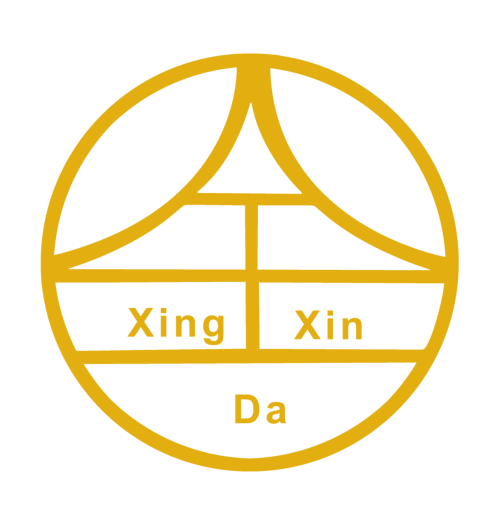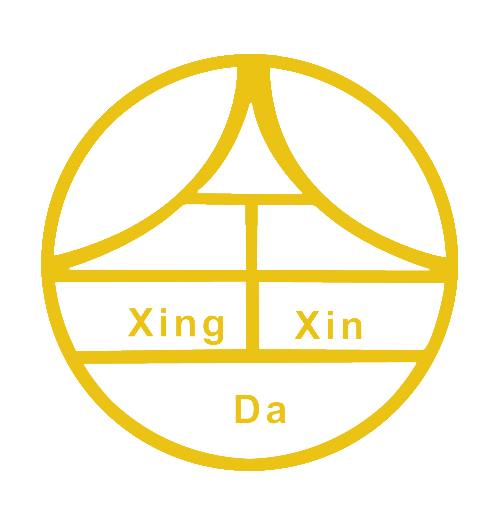What Are Iron-On Patches?
How Iron-On Adhesive Works
People love iron on patches for sprucing up all sorts of fabric stuff. The magic happens through those special heat activated glues that stick really well after some good ironing action. Most of these glues are made from thermoplastic stuff that melts at high temps to create a solid grip. What this means is that iron on patches work great for fixing small problems fast, so no need to pull out the needle and thread when there's a hole or tear. Anyone wanting to give their clothes or gear a unique look finds these patches super handy because they're easy to apply and just plain work when put on properly.
Best Fabrics for Iron-On Application
Picking the right fabric matters a lot when it comes to getting good results from iron on patches. Cotton works great, so does polyester or blends of both since they handle the heat without melting away, which helps the patch stick properly. Stretchy materials or ones with lots of texture should be avoided though because those tend to make patches come loose after some time wearing them. Before committing to the real thing, testing a patch on a tiny piece of fabric first makes sense. This little step saves headaches later on and gives peace of mind knowing the patch will stay put. Most people find that taking this extra precaution pays off in the long run, especially when showing off personalized designs.
Step-by-Step Application Methods
Classic Iron-On Technique
Ironing on patches remains one of the simplest ways to get them stuck properly to clothes. Start by warming up your iron to somewhere around medium high heat but make sure there's no steam coming out. The right temperature helps spread the heat evenly across the patch which matters a lot for getting good stickiness. Place the patch where you want it on whatever fabric item you're working on, then put a light layer of fabric over top. This protects both sides from getting scorched by direct heat. Press firmly with the hot iron over this covering fabric for maybe 25-35 seconds or so. That gives enough time for whatever glue is on the back of the patch to melt and grab hold of the fabric underneath. Most folks find that works best without burning through delicate materials.
Sew-On Reinforcement
When a patch needs to hold up against rough treatment, going the extra mile with some sewing makes all the difference. Once the patch is stuck on with heat, running a needle around those edges adds real staying power. The zigzag stitch works wonders here because it gives just enough give for fabrics that get moved around a lot or have some stretch built in. Think about denim jackets or backpacks that take constant punishment from daily life. By mixing glue with good old fashioned thread work, these patches stay put no matter what gets thrown their way. Anyone who's ever lost a favorite patch knows this combo approach saves money in the long run while keeping things looking sharp despite all that wear and tear.
Hybrid Adhesive Approach
Combining iron-on adhesives with regular fabric glue creates a stronger bond that keeps patches in place even where clothes get stretched or pulled. Start by spreading a light coat of fabric glue onto the patch backing first. Then lay the patch exactly where needed on the garment before running the iron over it as usual to melt the adhesive together. The extra grip from both materials makes all the difference when dealing with clothing that gets lots of action or stress during wear. Patches stay put through pretty much anything now, which works great for sportswear, work gear, or anything else that takes a beating day after day without coming loose.
Creative Customization Ideas
Embroidered Patch Combinations
When mixing different kinds of patches together, like iron-ons alongside embroidered ones, clothes get a real aesthetic boost. Putting together various patches adds texture and makes outfits stand out instead of looking boring plain. Try placing a small patch on top of a bigger one for some interesting visual effects that really grab attention. Embroidered patches work great for hiding those little holes or tears too, basically turning what would be a repair job into something fashionable. Mixing up patch styles lets people personalize their stuff so much more than just wearing whatever comes off the rack. Clothes become expressions of who we are rather than just things to wear, and even fixing damaged items becomes a chance to show off creativity.
Reverse Applique Techniques
Reverse applique works by layering different fabrics together then slicing away parts of the top layer so the colorful fabric beneath shows through, creating something really striking when worn. The technique plays well with all sorts of materials too - think cotton blends next to denim or even leather accents peeking out from wool bases. People who want to personalize their everyday wear find this method especially useful for transforming plain old tshirts into statement pieces or giving jackets and tote bags a fresh look without spending a fortune. When paired with some good quality iron on patches, the possibilities multiply fast. Just imagine geometric shapes popping against faded backgrounds or vintage logos integrated seamlessly into modern cuts. What starts as simple fabric becomes an expression of individual style instead of just another mass produced item hanging in someone's closet.
Personalizing With Sashiko Stitching
Sashiko stitching comes from Japan and adds both character and strength to those plain old iron-on patches we all know. When someone puts decorative stitches either around or actually going through the patch itself, the result is twofold really. The patch sticks better to whatever fabric it's on, plus there's this cool personal element that just wasn't there before. What makes Sashiko special though is how it shows off real handwork. Even something as simple as a basic patch gets transformed into something artistic when done properly. Clothes look way better with Sashiko work too. People who care about standing out from the crowd find this technique lets them express themselves without being too flashy. Plus, these little stitched details do double duty by making sure the patch stays put for longer periods. There's something pretty neat about seeing traditional Japanese craft show up on modern apparel, giving everyday items that extra bit of authenticity.
Maintaining Your Upcycled Creations
Upcycling fashion can breathe new life into your wardrobe, but maintaining these creations ensures their longevity and vibrancy. Here, I'll delve into two essential components of maintenance: washing and drying practices and repairing loose edges.
Washing and Drying Best Practices
Taking good care when washing and drying matters a lot if we want our upcycled clothes to last, especially those cool patches people love so much. Start by flipping garments inside out before tossing them into the washer. Doing this protects patch surfaces from getting rubbed raw or damaged inside the machine. A gentle cycle with cold water works best for most fabrics since hot water stresses materials and makes colors bleed or fade faster than they should. As for detergents, skip anything too strong like bleach because it eats away at both the glue holding patches on and the vibrant colors themselves, making everything look dull and lose its grip over time.
Air drying works best when caring for garments. It helps keep clothes looking good longer and stops the kind of damage that happens in dryers. Machine drying just beats up on fabric too much over time. Keep fabrics away from direct heat sources because hot temperatures actually break down the glue holding patches together, leading to peeling or cracking eventually. Following these simple care instructions means those repurposed pieces we love so much stay attractive and work properly for far longer than they would otherwise.
Repairing Loose Edges
Patches on upcycled clothes often have a habit of coming undone at the edges after some wear. Good news though there are easy ways to fix this so our DIY projects last longer. When we spot those edges starting to come loose, grabbing an iron works wonders most times. Just toss a thin towel over the patch first then give it a gentle press from the iron. The heat usually brings back whatever glue was holding things together originally. For really stubborn patches that won't stay put, reaching for fabric glue makes sense. Apply it right under where the edges are lifting and hold everything down until it dries properly. And let's not forget about good old fashioned sewing either. Stitching around the edges adds extra strength while giving us another chance to get creative with colorful threads that stand out against the patch itself.
It's advisable to regularly inspect your patches for any signs of lifting. Early detection means prompt repairs, preventing further damage and preserving the quality and style of your upcycled clothes. These repair techniques are quick yet effective ways to ensure your garments stay in top-notch condition.
Why Choose Iron-On Patches?
Sustainable Fashion Benefits
Iron on patches are great for giving old clothes a whole new look and helping the environment at the same time. When people stick colorful patches onto their beat up jeans or jackets, they cut down on trash and join others who care about what happens to our planet. More folks nowadays want to dress sustainably without breaking the bank, so adding patches keeps perfectly good items from ending up in landfills. Using these little fabric squares means buying fewer brand new clothes over time, which makes sense both for pocketbooks and the Earth. Making this kind of choice turns regular wardrobes into something greener, all while maintaining personal style without sacrificing flair.
Cost-Effective Wardrobe Solutions
Iron on patches offer an affordable way to fix torn clothes instead of spending cash on brand new stuff. Most patches cost way less than what we'd pay for replacement clothing, so people can customize their wardrobe without emptying wallets. What makes these patches special is how they let folks pick out designs that really speak to who they are. Money saved isn't the only benefit either. People get to keep their own style going while expressing themselves creatively. When someone grabs those iron on patches from the craft store, they aren't just fixing holes in jeans or jackets. They're actually creating something uniquely theirs and showing off personality through fashion in a practical yet artistic way.





